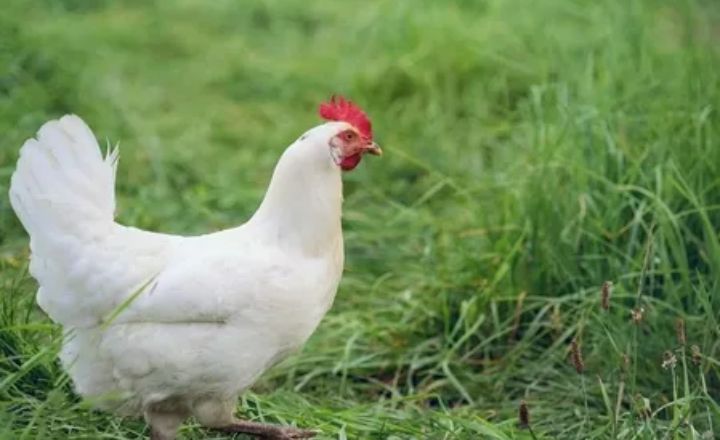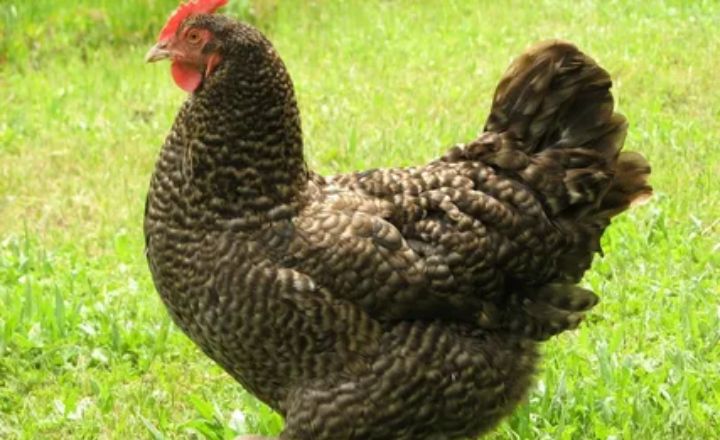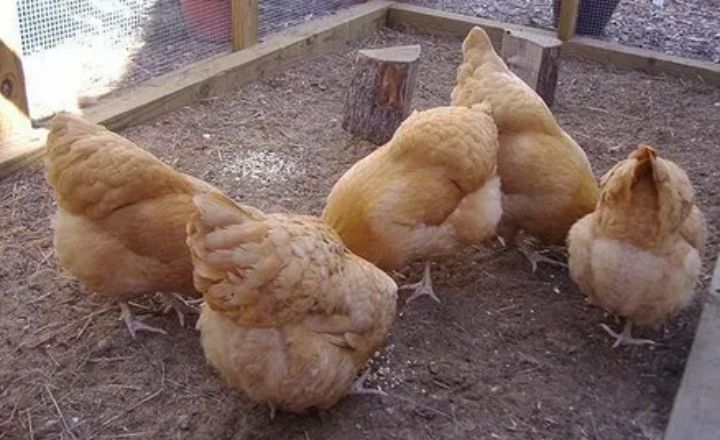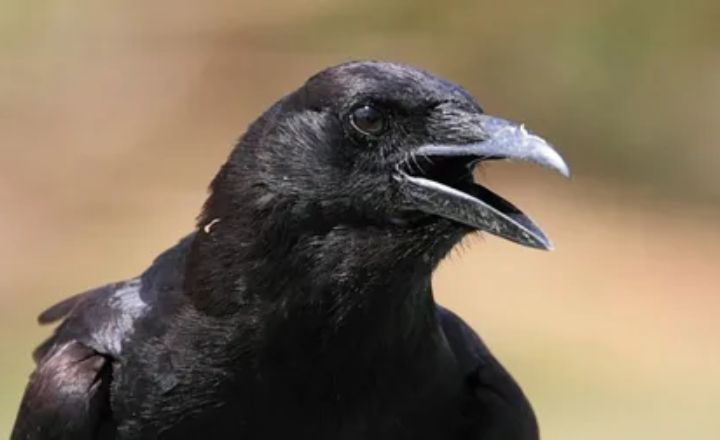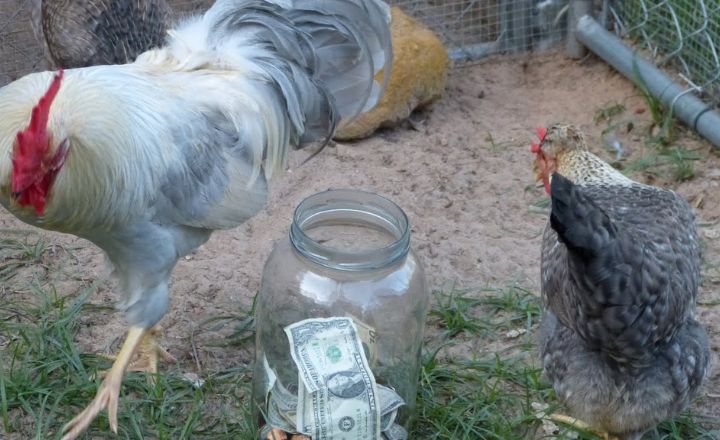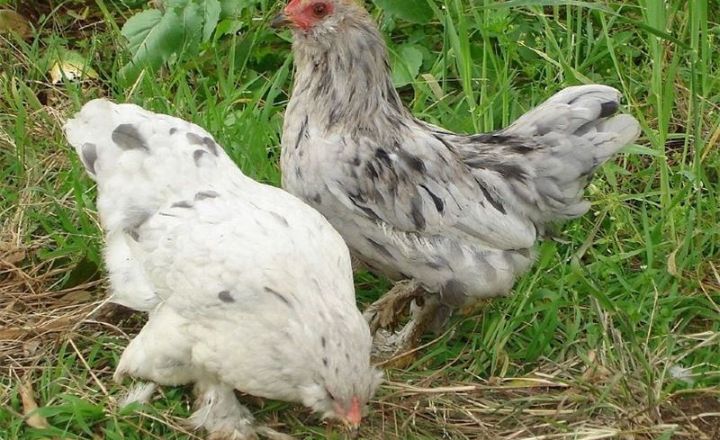White Jersey Giant Chicken Breed: A Useful Guide
In the colorful world of poultry, few breeds stand out like the White Jersey Giant Chicken. Renowned as the largest purebred chicken, this gentle giant has captured the hearts of backyard farmers and homesteaders alike.
With their impressive stature and striking white feathers, these birds are not only a sight to behold but also a powerhouse in both egg production and meat quality. Imagine a chicken that combines calmness with capability, a rare blend that makes them ideal for families looking to enhance their sustainable living.
But what is it about the White Jersey Giant Chicken Breed that sets it apart from its feathered friends? Beyond their majestic size lies an unwavering temperament and strong laying capabilities, making them one of the most sought-after dual-purpose chickens on today’s farms.
Whether you’re contemplating adding these magnificent birds to your flock or simply curious about their unique traits, this ultimate guide will delve into everything you need to know about caring for and raising White Jersey Giants. Prepare to discover why these chickens are not just big in size but also big in charm!
History of Jersey Giant Chicken Breed
The Jersey Giant chicken breed, originating in New Jersey between 1870 and 1890, is a fascinating blend of several venerable breeds: Javas, Langshans, Brahmas, and Orpingtons. This ambitious crossbreeding project was initiated by the Stringer brothers with an innovative goal to create a poultry powerhouse capable of replacing turkeys as a primary meat source for families.
As such, these chickens were developed not just for their size but also for their ability to thrive in various farming conditions, making them ideal candidates during an era when accessibility to quality poultry was crucial.
Are Jersey Giant Chickens A Heritage Breed?
Yes, Jersey Giant Chickens are indeed considered a heritage breed. They were developed in the United States in the late 19th century with the goal of creating a large, dual-purpose bird suitable for both meat and egg production.
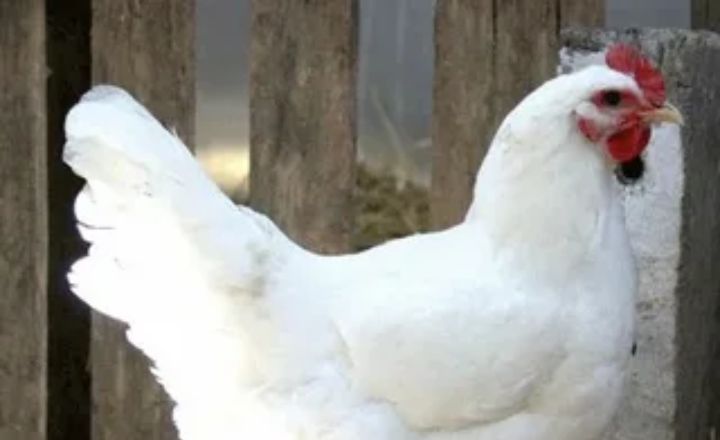
Their acceptance into the American Poultry Association’s Standard of Perfection in 1922 solidified their status as a recognized breed, emphasizing their historical significance and traditional breeding practices.
Heritage breeds like the Jersey Giant are characterized by their ability to reproduce naturally and thrive in outdoor environments, making them an important part of sustainable agriculture. The continued acceptance of various Jersey Giant variations, including those recognized as recently as 2002, highlights the breed’s adaptability and ongoing relevance within poultry farming.
As a result, they not only serve as an excellent source of food but also contribute to biodiversity and the preservation of traditional livestock breeds.
Jersey Giant Chicken Appearance
The Jersey Giant chicken is a majestic breed that commands attention with its impressive stature and distinct coloration. With heights that can reach up to 30 inches, these birds are often the center of admiration in any flock.
Their feathers come in three primary colors Black, Blue, and White each presenting a striking appearance. The glossy texture of their plumage enhances their visual appeal, especially when sunlight catches the iridescent hues of the Black variety.
Few features of this breed
- Bright red earlobes
- Fluffy Feathers
- Medium bright red wattles
- Bare Legs
- Tail
- Large Single comb
- Large Body
- Comb is bright red
How Much Do Jersey Giant Chickens Weigh?
Jersey Giant chickens are indeed one of the largest domestic chicken breeds, Jersey giant chicken size is a very important thing in poultry keepers. with roosters typically weighing between 13 and 15 pounds and hens averaging around 11 pounds.
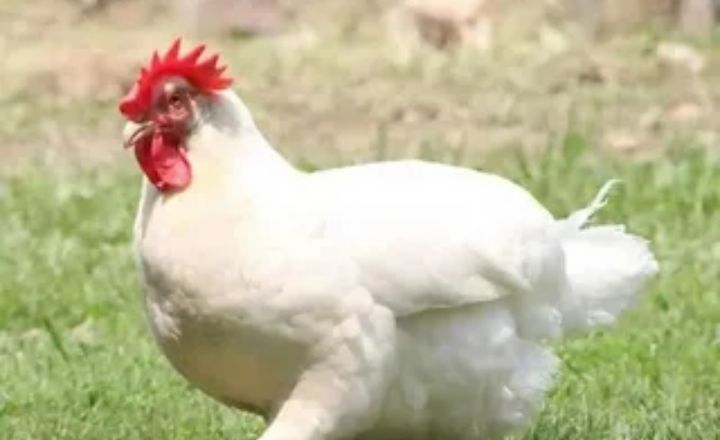
This significant size difference sets them apart from more common breeds, where roosters usually weigh around 6 pounds and hens about 5.7 pounds. Their impressive stature not only makes them a striking addition to any flock but also contributes to their reputation as excellent meat birds.
In addition to their size, Jersey Giants are known for their friendly disposition and adaptability, making them suitable for both backyard flocks and larger farms.
While they were originally bred in the late 19th century for meat production, they also lay a decent number of brown eggs, adding to their appeal as dual-purpose birds. Overall, if you’re considering adding Jersey Giants to your poultry collection, be prepared for some hefty yet gentle giants!
Average Jersey Giant Chicken Lifespan
The Jersey Giant chicken is renowned not only for its impressive stature but also for its relatively long lifespan of about eight years in a backyard confinement setting. This lifespan exceeds the typical range of 3 to 7 years that many common chicken breeds experience.
While this longevity is certainly an attractive aspect for poultry enthusiasts, it’s essential to recognize the nuances of their life cycle especially as they approach older age.
As Jersey Giants enter their golden years, many owners may notice a decline in egg production. Their prolific laying days can taper significantly after two to three years, often leading to misconceptions about their overall health and vitality.
In backyard settings, where numerous variables like diet and space can affect well-being, these impacts become even more pronounced. Therefore, while these majestic birds can grace your homestead longer than most chickens, fostering optimal environments and acknowledging their changing needs during each stage of life will ultimately enhance their quality of living and by extension, enhance the joy they bring to your flock.
What color eggs do jersey giants lay?
Jersey Giant chickens are not only known for their remarkable size and gentle nature, but they also contribute to the colorful palette of backyard poultry. When it comes to egg production, these majestic birds typically lay large brown eggs that can vary in shade from light to medium brown.

This diverse range in color reflects the unique genetics of each hen; individual birds can influence the specific hue of the eggs they produce.
How Many Eggs Do Jersey Giant Chickens Lay?
Jersey Giant chickens are known for their impressive size and gentle temperament, but they also have a respectable egg-laying capacity. Typically, these birds begin laying eggs between 32 to 52 weeks of age, which is later than many other chicken breeds.
Once they start, you can expect them to produce about two extra-large brown eggs per week. Over the course of their first year, with proper care and nutrition, Jersey Giants can yield between 150 to 200 eggs.
It’s important to note that while their initial production is quite good, egg output tends to decline as they age. After the first year, you might see a decrease of about 10 to 15 eggs annually.
This means that while Jersey Giants may not be the most prolific layers compared to some other breeds, their large eggs and calm demeanor make them a valuable addition to any backyard flock for both meat and egg production.
Breeding White Jersey Giant Chickens
Breeding White Jersey Giant Chickens is a fascinating endeavor for both novice and experienced poultry enthusiasts. One of the most impressive aspects of this breed is its ability to reproduce naturally, relying on instinct rather than artificial insemination.
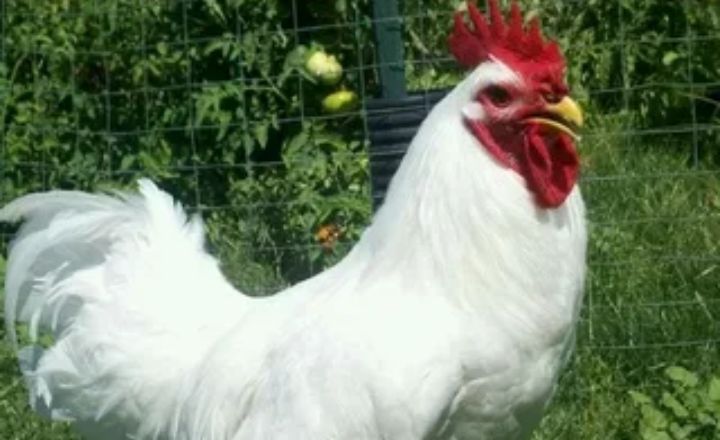
This not only showcases their hardiness but also offers a more holistic approach to aviculture, aligning with those who prioritize natural breeding processes. However, ensuring successful mating often requires attention to detail, such as trimming feathers around the vent area.
This simple practice can significantly enhance visibility and access for roosters during mating, effectively increasing breeding success rates.
Beyond practical tips, understanding the genetic advantages of White Jersey Giants adds another layer of depth to their breeding journey. As large birds with calm dispositions and impressive growth rates, they are ideal candidates for sustainable farming practices.
The genetic variability within the breed often allows for selective breeding that emphasizes traits such as resilience and adaptability to different environments, making them not just productive layers but also delightful companions in any flock.
Are Jersey Giant Chickens Broody?
Jersey Giant Chickens are not typically known for their broodiness. While they possess some maternal instincts, they generally do not exhibit the strong broody behavior seen in other breeds like Silkies or Cochins. Instead, Jersey Giants tend to be more focused on foraging and growing, which is part of their purpose as a dual-purpose breed valued for both meat and egg production.
If a Jersey Giant does go broody, it’s important to monitor her closely. Their large size can pose a risk when sitting on eggs; unfortunately, there have been instances where they inadvertently crush them due to their weight.
If you’re considering raising Jersey Giants with the hope of hatching chicks, it might be wise to have a backup plan or consider using an incubator for better success rates. Overall, while they can occasionally show broodiness, it’s not a reliable trait within this breed.
Are Jersey Giant Chickens Hardy?
Yes, Jersey Giant chickens are indeed known for their hardiness, particularly in colder climates. Their large size and dense feathering provide excellent insulation against low temperatures, making them well-suited for winter conditions.
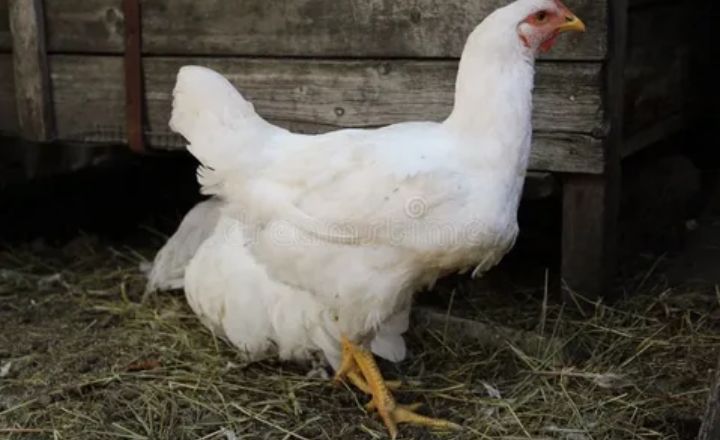
To keep them comfortable during the colder months, it’s crucial to ensure they have a warm shelter and access to clean water that doesn’t freeze. Regularly checking for signs of frostbite on their combs, wattles, and feet is also important, as these areas can be vulnerable despite their overall resilience.
Jersey Giants can struggle in extreme heat due to their size. They may experience heat stress if not provided with adequate shade and ventilation during hot weather. It’s essential to monitor them closely in warmer months and ensure they have plenty of fresh water and a cool environment to retreat to when temperatures rise.
By taking these precautions, you can help your Jersey Giants thrive year-round, regardless of the weather conditions.
Common Jersey Giant Chicken Health Risks
spite their remarkable resilience, Jersey Giant chickens are not entirely immune to health risks, and vigilant management is essential. Regularly adding vitamins to their water can significantly bolster the immunity of younger birds during their acclimatization phase within the flock. As they grow and adapt, these nutrients play a pivotal role in ensuring that all members of your avian family thrive harmoniously.
One critical concern for Jersey Giants arises in extreme heat conditions. Their abundant feathering, while advantageous in cooler temperatures, can put them at risk for heat stroke when temperatures soar. Creating shaded areas or utilizing fans in coops can help prevent overheating and ensure your flock stays comfortable.
Monitoring their behavior closely during hotter months will alert you to any signs of distress early on, allowing for prompt intervention that safeguards their well-being while maintaining the breed’s innate resilience.
Are Jersey Giant Chickens Meat Birds?
Yes, Jersey Giant chickens are indeed considered meat birds. Originally developed in the late 19th century in New Jersey, these large birds were bred specifically for their size and meat quality. They are known for their impressive weight, with mature roosters often reaching up to 13 pounds and hens around 10 pounds.
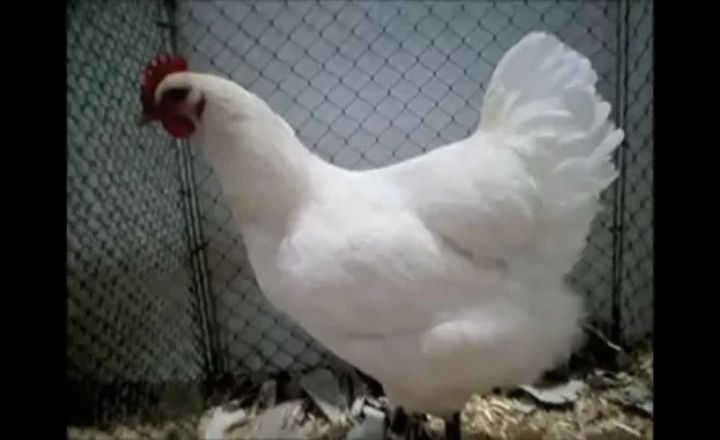
Their substantial size makes them a popular choice among poultry enthusiasts looking to raise chickens primarily for meat production.
One of the standout features of Jersey Giants is their flavor profile. Many who have raised and consumed them report that they possess a rich, delicious taste with a pleasant lingering flavor, making them a favorite at the dinner table.
It’s important to note that they do take longer to mature compared to other meat breeds; they reach optimal butchering age around nine months. This slower growth rate means that while they may require more time and resources to raise, the quality of meat produced can be well worth the wait.
Are Jersey Giant Chickens Noisy?
Jersey Giant chickens are generally known for their calm and quiet demeanor, making them a suitable choice for backyard flocks, especially in urban settings. Hens of this breed tend to be less vocal compared to other chicken breeds, which can be an advantage if you’re looking to keep noise levels down.
Their gentle nature also means they often get along well with other birds and pets, contributing to a more peaceful environment.
It’s important to note that roosters can be quite different. While Jersey Giant hens are relatively quiet, roosters will crow and can create significant noise, which might not be ideal for densely populated areas or close neighbors.
If you’re considering adding Jersey Giants to your flock and live in a neighborhood where noise is a concern, opting for hens over roosters would likely be the best choice.
Jersey Giant Breed Temperament
Jersey Giant chickens truly embody the qualities of calmness and docility, making them an ideal choice for families and farmsteads alike. Their gentle nature shines through in various settings, especially around children, which allows young ones to engage with these majestic birds without fear.
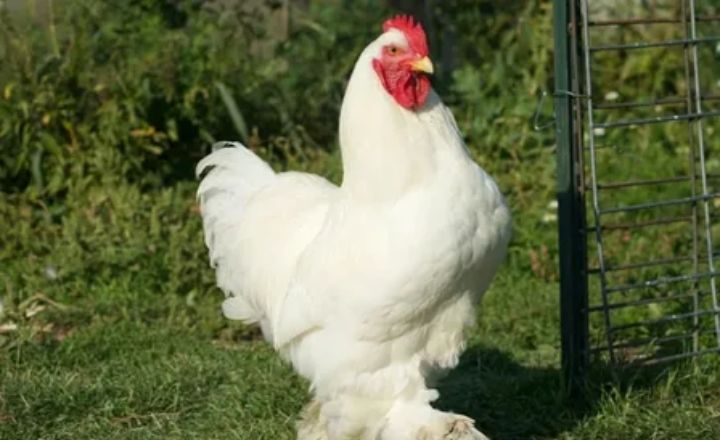
Owners often note that Jersey Giant hens display a remarkable level of patience, fostering a nurturing environment for both humans and other animals on the farm.
While the hens are typically peaceful, it’s essential to carefully manage the roosters within your flock. The aggression exhibited by roosters can be quite pronounced if their population density is mismanaged; experiences from local farms reveal that a ratio of one rooster to every six hens tends to minimize conflicts effectively.
In contrast, many smaller breeds recommend up to 10 or even 12 hens per rooster; thus, understanding this balance is crucial when introducing Jersey Giants into your existing setup. Keeping a harmonious flock not only preserves peace but also enhances the charm these gentle giants bring to any homestead.
Jersey Giant Chicken Housing Requirements
When it comes to housing Jersey Giant chickens, understanding their size and space needs is crucial. Unlike smaller breeds, Jersey Giants require a spacious coop with 6 to 8 square feet per bird, significantly greater than the average chicken’s need for around 4 square feet.
This generous allocation not only accommodates their large frame but also provides enough room for natural behaviors such as stretching, preening, and socializing without the stress of overcrowding.
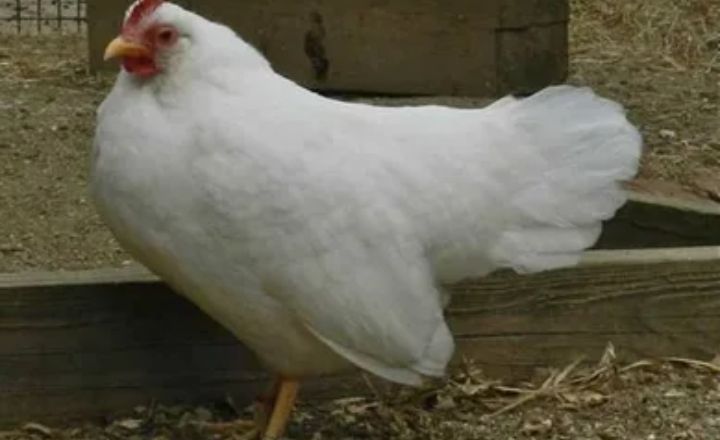
Additionally, ensuring that your coop has sufficient height is essential for creating a comfortable environment that allows these birds to thrive. Given their size, they may be more prone to finding creative ways to perch or spread out if vertical space is lacking. A well-ventilated area with ample run space upwards of 10 square feet per bird is vital for maintaining healthy flock dynamics and protecting them from extreme weather conditions.
On particularly hot days exceeding 90 degrees Fahrenheit, having adequate outdoor space where they can roam in shade plays a crucial role in keeping them cool and happy. Ultimately, investing time into crafting an appropriate habitat will yield healthier birds and better egg production from your majestic Jersey Giants.
Are Jersey Giant Chickens Right For You?
Jersey Giant chickens can be an excellent choice for beginners and small-scale poultry keepers. Known for their docile temperament, these birds are easy to handle and get along well with other chickens, making them a great addition to any flock. Their gentle nature means they are less likely to exhibit aggressive behaviors, which is particularly beneficial if you have children or other pets around.
In addition to their friendly disposition, Jersey Giants are also cold tolerant and hardy birds. This resilience allows them to thrive in various climates, making them suitable for different regions. If you’re looking for a dual purpose breed that not only provides a significant amount of meat but also lays a decent number of eggs, Jersey Giants can meet your needs effectively.
Overall, if you’re starting your journey into poultry keeping with a focus on both meat production and companionship, Jersey Giants could be the right fit for you!
conclusion
In summary, the White Jersey Giant chicken breed stands out for its impressive size, gentle temperament, and remarkable egg production capabilities. These birds are not only suitable for small homesteads but also thrive in larger farming environments due to their adaptability and resilience.
With proper care, they can provide both meat and eggs, making them a valuable addition to any poultry enthusiast’s flock. Whether you’re a seasoned farmer or a newcomer to raising chickens, the White Jersey Giant offers numerous benefits that can enhance your agricultural experience.
Consider integrating these magnificent birds into your own backyard setup for a rewarding investment in sustainable farming.
FAQs
What breed is the white giant chicken?
The white giant chicken you’re referring to is likely the Jersey Giant. Developed in the United States during the late 19th century, this breed was specifically created to replace turkeys as a primary source of meat. Jersey Giants are known for their impressive size, with mature males often weighing between 13 to 15 pounds and females around 10 to 12 pounds. Their striking white feathers and calm demeanor make them popular among poultry enthusiasts.
What is the breed standard for a Jersey Giant chicken?
The Jersey Giant chicken is a large, dual-purpose breed known for its impressive size and gentle temperament. According to the breed standard, males should weigh between 13 to 15 pounds and stand around 22 to 26 inches tall, while females typically weigh about 11 pounds and measure between 16 to 20 inches in height. This size makes them one of the largest chicken breeds, which can be quite striking in a backyard setting.
What is the lifespan of a Jersey Giant chicken?
The lifespan of a Jersey Giant chicken typically ranges from 5 to 8 years, but with proper care, some individuals can live even longer. These birds are known for their hardiness and adaptability, which contribute to their longevity. Factors such as diet, living conditions, and overall health management play significant roles in determining how long they will thrive.
How much space do Jersey Giants need?
Jersey Giants are a large breed of chicken, and they require ample space to thrive. Ideally, each bird should have at least 10 square feet of outdoor space to roam, forage, and exercise. This allows them to maintain their health and well-being by providing enough room for natural behaviors like scratching and dust bathing. If you’re keeping them in a coop, ensure that the indoor space is also adequate; a general rule of thumb is about 4 square feet per bird inside the coop.

